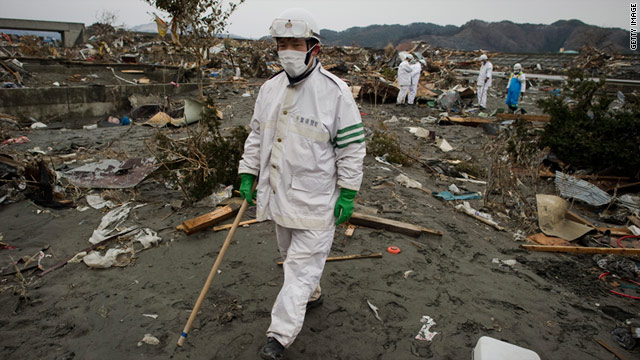MONDAY, March 28 (HealthDay News) -- Some women who've been treated for early-stage breast cancer are more likely than others to worry excessively that the cancer will return, a new study has found.
This type of anxiety, the researchers say, can compromise a woman's medical care and quality of life.
"How much women worry about recurrence is often not aligned with their actual risk for cancer recurrence," study author Nancy Janz, of the University of Michigan School of Public Health, said in a news release from Cancer, which published the findings online March 28.
For most women diagnosed with early-stage breast cancer, the risk for recurrence is low. Nonetheless, many worry a lot, and "we need to better understand the factors that increase the likelihood that women will worry and develop strategies and appropriate referrals to help women with excessive worry," Janz said.
The study included 2,290 women diagnosed with non-metastatic breast cancer between June 2005 and February 2007.
Those found to be least likely to worry about cancer recurrence included women who were more easily able to understand clinical information presented to them, who had fewer symptoms and who received more coordinated care.
Factors associated with higher levels of worry included being younger, having a job, experiencing more pain and fatigue and undergoing radiation treatment.
The researchers also found that Hispanic women who were less acclimated to the U.S. culture were particularly vulnerable to high levels of worry and that black women experienced much less worry than did women of other races and ethnic backgrounds.
To help ease their worries, Janz said, programs developed to help women who've been through breast cancer treatment should be culturally sensitive and reflect differences in women's communication style, social support and coping strategies.
More information
The American Cancer Society has more about breast cancer.











